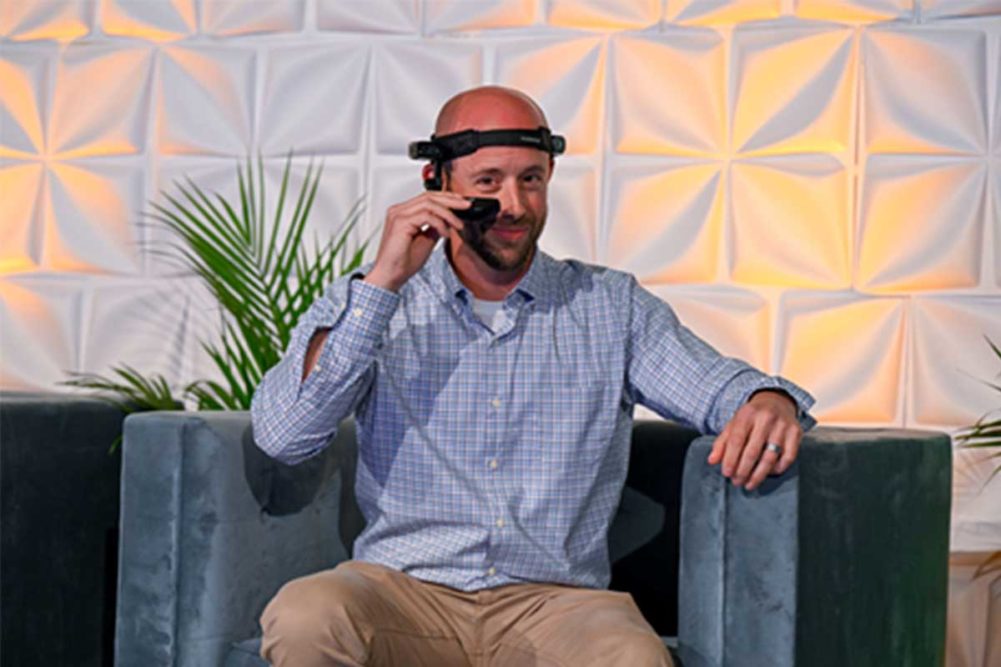DALLAS — The COVID-19 pandemic forced industries to make significant pivots for business to continue within employee safety constraints. As the pandemic eased, it was clear that other shifts in attitudes toward work and efficiency had also occurred and were here to stay, namely, the importance of work-life balance, a need to reduce costs as well as improve efficiencies. In the baking industry, this has looked like major investments in automation, tweaking production to optimize efficiencies and reevaluating workforce policies.
Pre-pandemic, the baking industry had been slow to adopt virtual and remote technical support for many reasons, not least of which was cyber security. But with the pandemic, widespread adoption of remote technical support became critical, and interest and adoption in telepresence devices has grown.
At Nexus 2023, powered by BEMA and the American Bakers Association, Justus Larson, senior director of operations, United States Bakery, Portland, Ore.; Kris McCarty, vice president, Americas, RealWear; and Mike LaValle, corporate account manager, Intralox, shared the benefits they’ve seen and best practices for adopting RealWear telepresence devices into their businesses.
Notably, telepresence devices used regularly on a bakery production floor can save an operation significant time and money when troubleshooting a breakdown, starting up new equipment or even when conducting a factory acceptance test.
“We were doing an install of new equipment, and we were going to send five engineers to do the install,” Mr. LaValle explained. “Instead, we sent one engineer with a headset, and in that one trip, the headset had paid for itself.”
United States Bakery began using the RealWear device on its maintenance team to speed up repairs, but when the pandemic occurred, the telepresence device’s usefulness expanded.
“We needed a way for our customers to be able to conduct their audits without them coming into the facility, and we realized the solution was sitting in our engineering department,” Mr. Larson said. “Soon our food safety team was using the headset to walk through an audit without risking employee safety, and it has snowballed from there.”
From Mr. Larson and Mr. LaValle’s experience, telepresence devices have saved members of their team hours, sometimes even days of travel, to address problems that can take just a few minutes to solve. This improves work-life balance for positions typically used to long trips and overnight shifts. In addition, the company saves on the cost of travel.
Ms. McCarty pointed out that telepresence allows companies to consolidate their experts who may be spread out across locations, and the use cases for this technology extend beyond troubleshooting to include virtual FATS, audits, inspections and even training new employees.
While there are many options for telepresence devices, the RealWear device is rugged and allows for operators to wear PPE such as eye and ear protection as well as bum caps. The device is splash-, dust- and drop-proof; one model is explosion-proof. Ms. McCarty described the device as a voice-activated tablet one wears on their head. It can use the Microsoft Teams application to enter a video call with people offsite and begin troubleshooting, an audit or training.
“Using the Microsoft Teams application makes it convenient,” Mr. LaValle said. “It’s plug-and-play with a few simple tweaks. The ease of use is a major benefit.”
When adopting this technology, Ms. McCarty recommended starting small with one use case, remote technical support, for example. It’s important for there to be a champion in the organization to take ownership of the technology. A team needs to be assembled to ensure adoption is a success, and the sooner IT is brought on board, the better.





